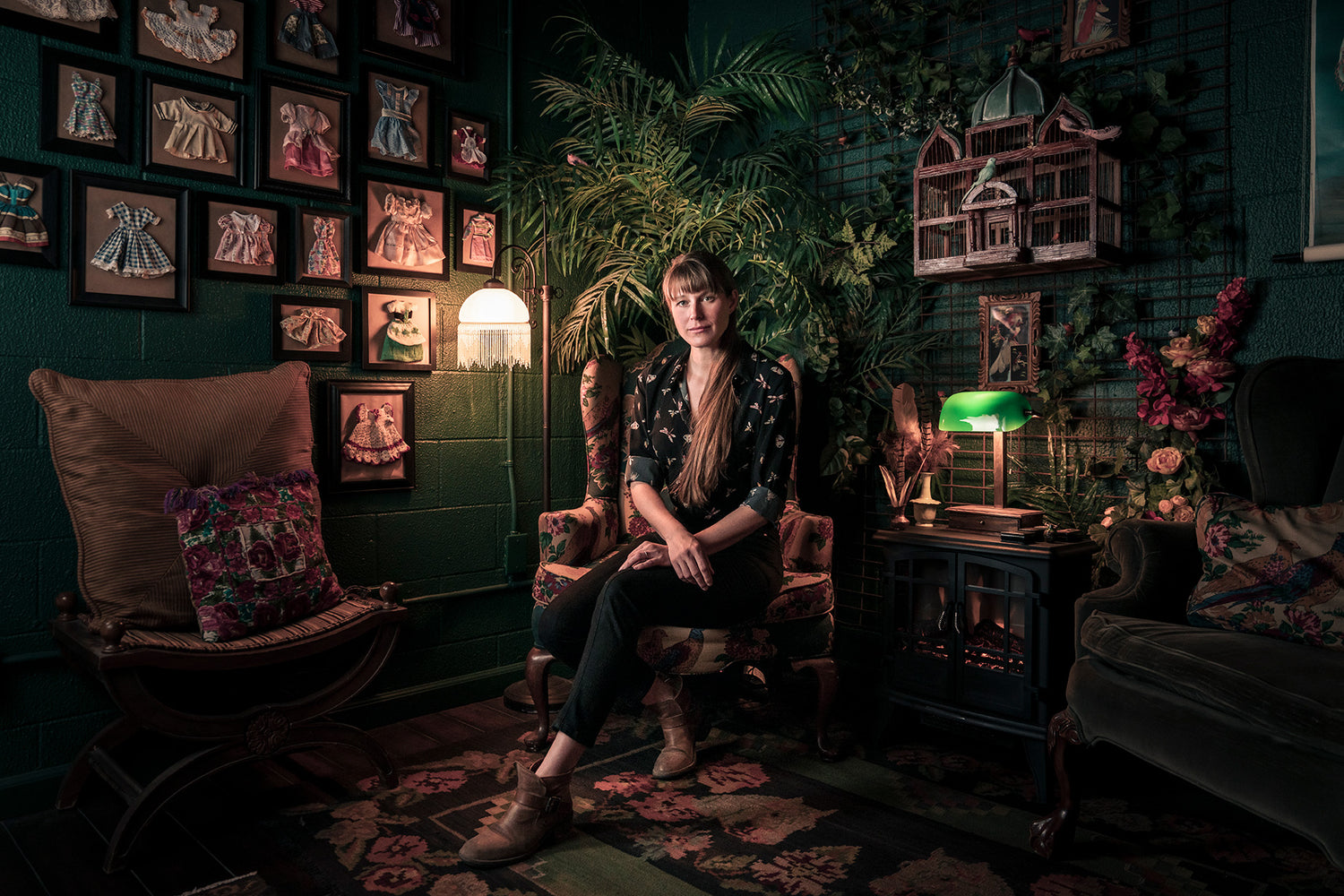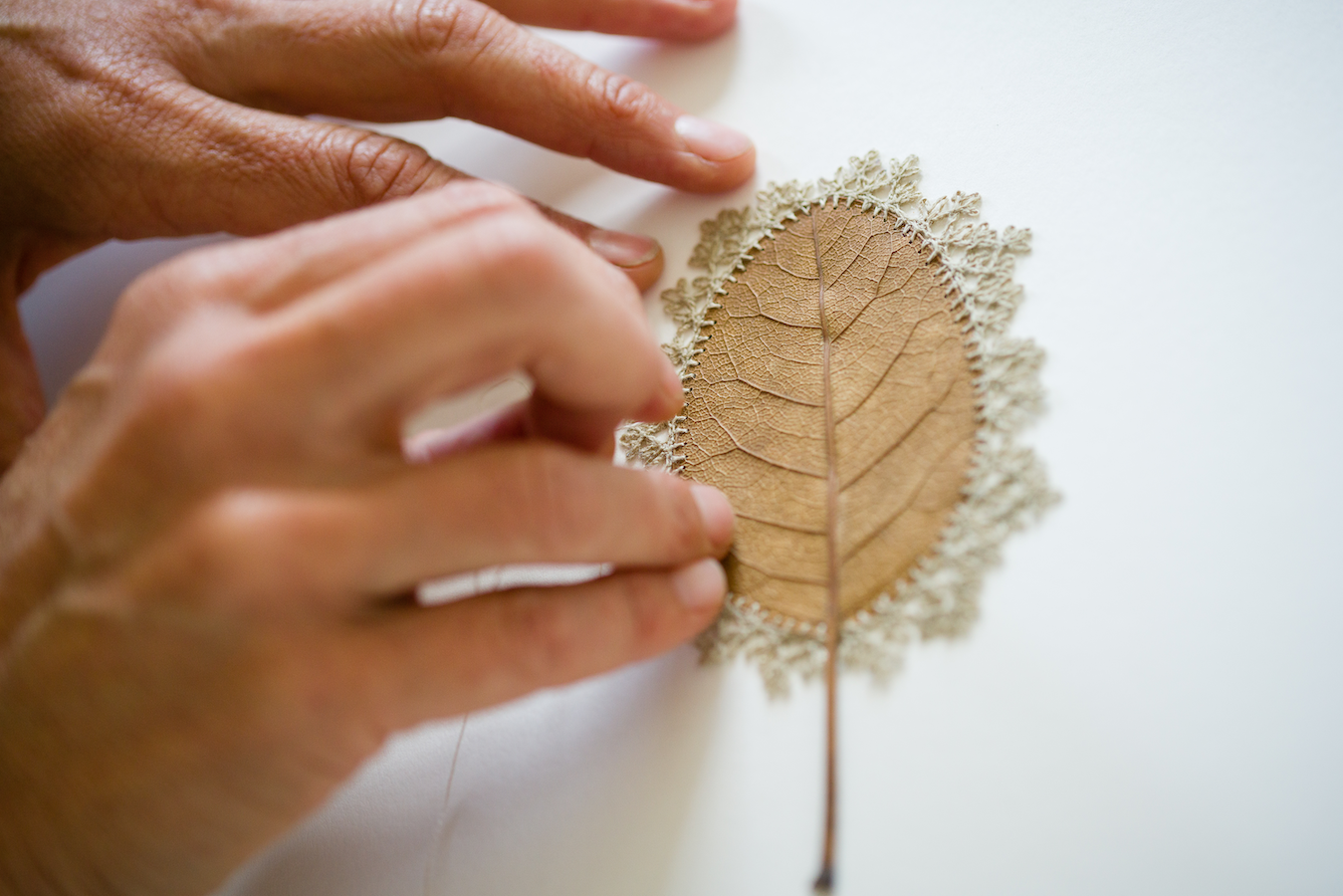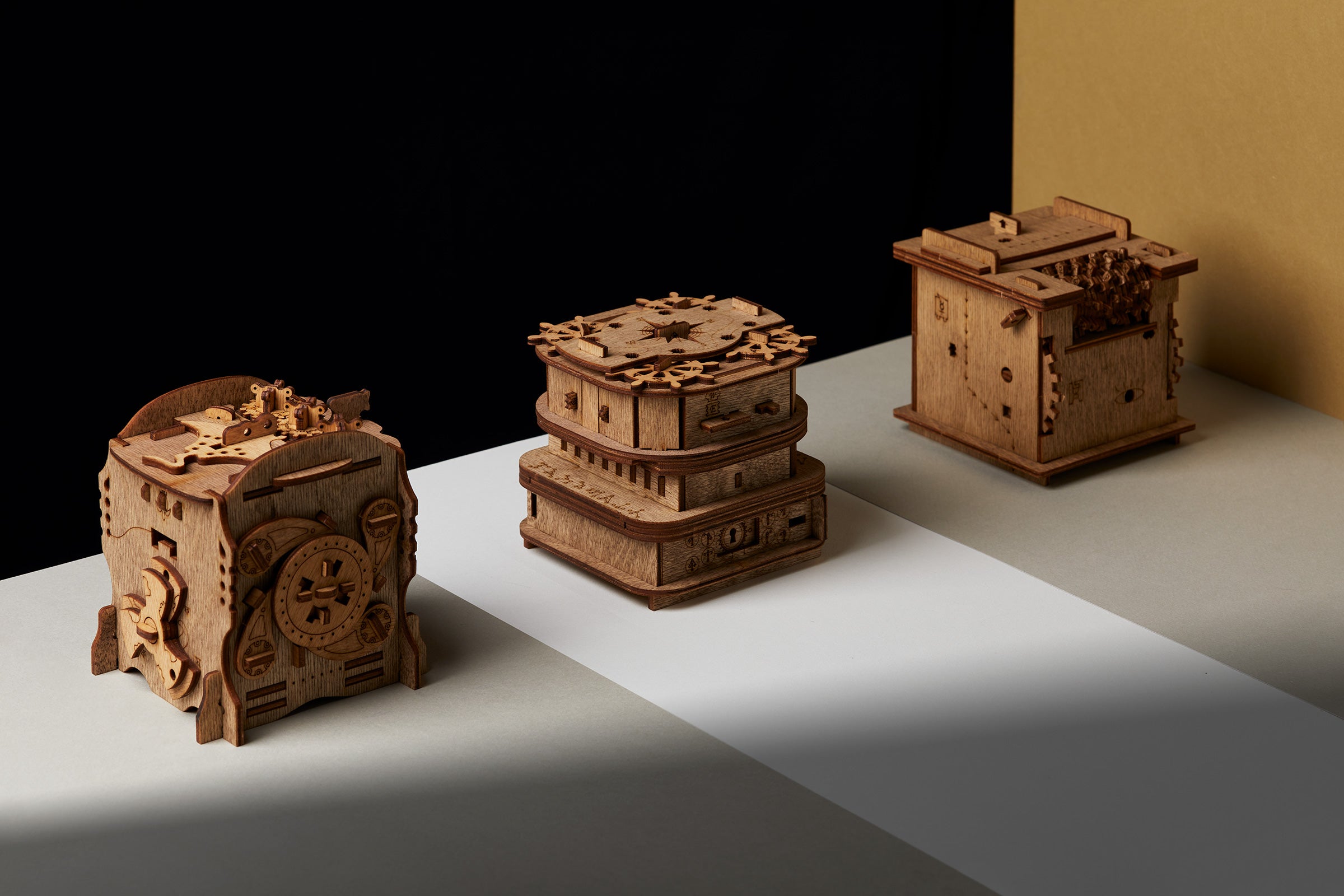When Jessica Oreck is not planning her next animated series or film project (the insect-obsessed folks in Beetle Queen Conquers Tokyo is a must-see), she’s spending “many delicious hours” combing flea markets and trash dumps to curate the micro miracle that is the Office of Collecting and Design (OCD). Oreck has spent her life collecting, finding lost and forgotten items and preserving them into an oversized cabinet of curiosities.

The OCD museum, which doubles as Oreck’s work studio, is open to the public every Wednesday and promises something for everyone: from miniature cabbage to miniature pink erasers to variegated, miniature hourglasses (or, really, minute-glasses)—all of it coordinated and balanced symmetrically like a Wes Anderson movie.
The OCD has been used for photoshoot backdrops and BYOB cocktail hours, as well as tiny concerts, craft nights, and dinner parties. Art of Play recently caught up with Oreck as she celebrates the one-year anniversary of the OCD this May.

Editor’s note: The following interview has been edited for length and clarity.
Art of Play: From miniature dice to pumpkins the size of a pinky nail, you’ve meticulously curated a fascinating world of unusual objects. How did you get started on this endeavor?
Jessica Oreck: My parents say that I started collecting before I started talking. (Likely some snowball mythology there, but who am I to argue?) Being a collector feels like one of my defining character traits. It isn’t just objects, but the way I live my life. The way I travel, the ideas I am drawn to, and most especially the way I work, are all built around patterns and series.
My longest-running (and largest) collection is of “unplayable” dice. (The pips might be slightly off, the corners chipped, handmade, poorly balanced, etc.) The earliest item in the museum was given to me when I was 12 years old. It is a tiny wooden box with two tiny tiny dice in it. The box and contents belonged to my great grandmother and were given to me by my aunt. That was the initiation of my dice collection, which now numbers at least 700 strong.

Do you use the Marie Kondo method on these objects (i.e. do they speak to your heart when holding them)?
Absolutely. From the slightly risqué inception of the foreign chewing gum collection to the charming history of our collection of gargoyle-esque faces carved from Tagua nuts, most of the items have a story behind them and if visitors are interested, I am always happy to share.
The obsolete, the broken, the lost, the discarded … Those are the treasures that make my heart beat a little faster.
Is there a story behind a particular object that inspires you?
When I was in Kolkata, India, for a film festival in 2019, I didn’t attend any screenings, but spent my days hunting for treasure (as I am wont to do). I was on the hunt for a particular type of tiny carved and painted wooden animal that one of my aunts had brought me many years ago. I walked several miles to a market that someone had recommended to me. No luck, but someone at that market recommended a different market. More walking and still nothing. Finally, I came upon a shopkeeper who shook his head, paused, thought for a moment, and nodded. He proceeded to give me complicated directions in Bengali.
After locking and closing up his little booth, he proceeded to lead me several blocks, through the kitchens of a steaming restaurant, then into a courtyard, and up three flights of stairs to a locked door. The door opened to one of the more magical spaces I’ve ever experienced. It was stacked floor to ceiling with fabrics and trimmings of every color you can imagine, the ceiling was completely obscured by garlands of beads and silk flowers, pom poms and bangles and fringe. Every single square inch was dripping with embroidered ribbons or beaded lace. The place was packed.
I squeezed my way to the counter and caught someone’s attention between many shouting salesmen and countless brides-to-be. I showed an employee the photo, and he pulled a plastic bucket from a high shelf. I spent an overwhelming, sweaty, and unreservedly blissful hour there, sorting out the little menagerie of tiny, hand-carved wooden animals I wished to purchase. I am forever grateful to the man who took time away from his shop to bring me to that paradise.

How do you curate these micro exhibits? Aside from the stories the objects tell individually, is there this grander idea a box display is trying to convey?
It’s a very intuitive process. Sometimes it only makes sense within the context of the whole.
One of our minuscule living rooms, complete with miniature rotary dial telephone, sits next to a box with more miniature phones nestled amidst several shelves of brightly colored Japanese pigments, which is next to a box of miniature television sets.
The TVs have a boat stacked on top, which leads you to another box, with one shelf devoted to tiny transportation elements. The other shelves correspond with the tiny transportation elements not based on theme, but based on color, which brings you back to the colorful pigments.
I am not sure that I can articulate exactly the “grander ideas” but I think the displays are a fairly accurate representation of the way my brain works. It’s riotous and joyful and abstract, but still adhering to some logic of patterns and series.

What do visitors often feel when they poke around?
Folks have called the museum a “time machine” and a “mix between the Hogwarts Castle and their grandparents’ home.”
The type of people that enjoy the museum aren’t necessarily the type to be drawn to the more mainstream elements of Las Vegas. It’s sort of like a built-in filter to find “my people.” Either you get it or you don’t. But the people that get it really, really love it. We’ve had some wonderful reactions. We once had someone stay for six hours, and a couple who came back three days in a row!
I love the enthusiasm of the folks that get it, but I also love the really unexpected ones. For instance, we had a really macho guy here with his girlfriend. He was trying to be polite, but was maybe a bit bored, maybe a bit confused. And then he opened a drawer and pulled out an object. He looked at me in total wonderment, with actual tears in his eyes, and said, “I haven’t thought about this since I was six years old. So many memories just came flooding back to me.”
He just took it and sat down with it, and was completely absorbed in those lost memories for a long while. It was so rewarding.

The Office of Collecting and Design is currently accepting donations, especially: unplayable dice, single dominos, used pink erasers, lost game pieces, lonely buttons, stubby pencils, and basically anything miniature. You can send them to the Office of Collecting and Design, PO Box 43343, Las Vegas, NV 89116; and follow them on Instagram @office.of.collecting.
Tedious legal disclaimer: By accepting your donation, the OCD is not obligated to keep, display, or photograph your item(s); and is not responsible for loss or damage of the item(s) under any circumstances.
Words by David MacNeal, Photography by Homer Liwag





Leave a comment
This site is protected by hCaptcha and the hCaptcha Privacy Policy and Terms of Service apply.